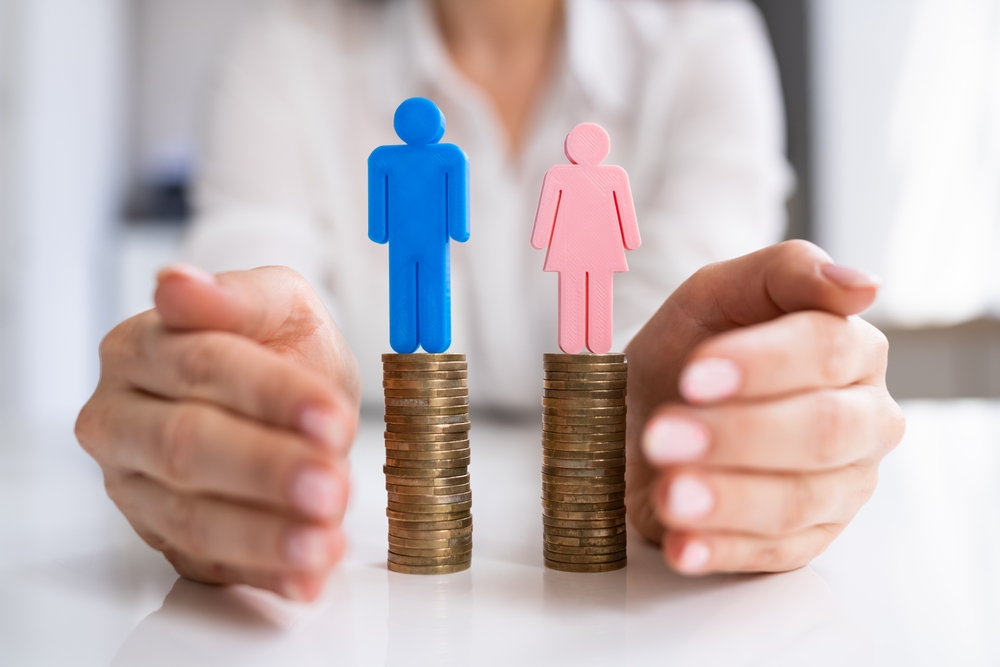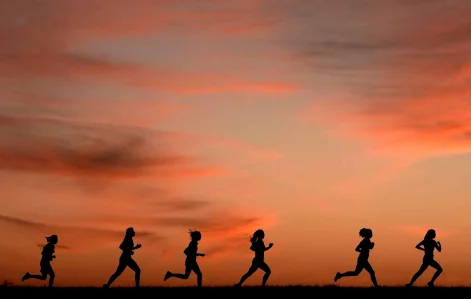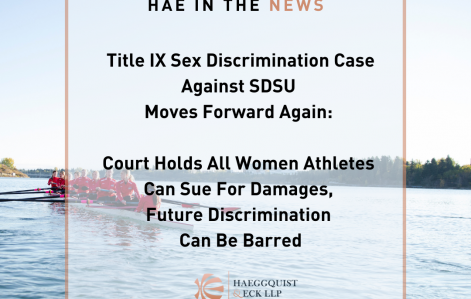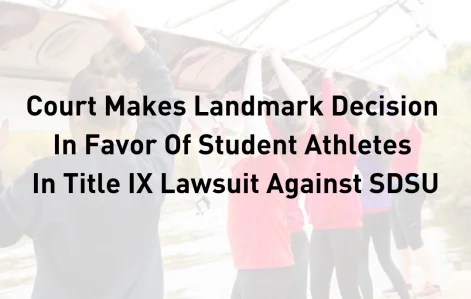The world of sports has historically been plagued by disparities, with one of the most glaring issues being the pay gap between male and female athletes. Despite women athletes breaking records and drawing unprecedented viewership, their compensation remains significantly lower compared to their male counterparts. This blog explores the current state of the pay gap in women’s sports, highlighting key developments and the systemic issues that perpetuate this inequality.
Women’s Basketball: A Growing Popularity Overshadowed by Pay Disparity
Women’s basketball is experiencing a surge in popularity. The NCAA Division I Women’s Basketball Tournament set new viewership records, with the championship game between South Carolina and Iowa averaging 18.7 million viewers, making it the most-watched women’s basketball game ever and the most-viewed basketball game (men’s or women’s) since 2019. The Women’s National Basketball Association (WNBA) also saw a significant rise in viewership, with the 2024 draft night featuring Caitlin Clark, Angel Reese, and Cameron Brink averaging 2.4 million viewers, a 328% increase from the previous year.1
Despite these successes, the pay gap remains stark. Caitlin Clark, the top pick at the WNBA draft, will earn a base salary of $76,535 in her rookie year, a mere fraction of the $10.5 million expected for the NBA’s first draft pick. This disparity is not due to a lack of talent or popularity but stems from structural issues within the leagues.2
Systemic Issues: Collective Bargaining Agreements and Revenue Sharing
A significant issue lies in the collective bargaining agreements (CBAs) and years of underinvestment in the WNBA. The NBA has a soft salary cap that allows for several exceptions that help players bring in more money. The WNBA, in contrast, has a hard salary cap with very few exceptions. NBA players receive 50% of all shared revenue, which includes ticket sales and broadcasting rights. In contrast, WNBA players only receive 50% of incremental revenue, defined as revenue exceeding the league’s targets. Since the WNBA has not consistently met these targets, players have not benefited from this arrangement. Consequently, about 40% of NBA revenue goes to player salaries, while only 10% of WNBA revenue is allocated similarly. Other disparities between the men’s and women’s basketball leagues include benefits and travel accommodations.3
“We are not asking to get paid what the men get paid. We’re asking to get paid the same percentage of revenue shared,” Las Vegas Aces star Kelsey Plum said in an interview in 2022.4
The Case of U.S. Women’s Soccer: A Fight for Equal Pay
The fight for pay equity is not limited to basketball. The U.S. women’s team has won four FIFA World Cup titles and either came in second or third place in the others. By contrast, there have been 21 FIFA World Cup tournaments, but the U.S. men’s team did not qualify for about half the tournaments, and only placed as high as third once — in 1930.
When the Wall Street Journal audited the federation’s financial reports, it found that the U.S. women’s soccer games earned more than the men’s games, in total, during three years after the women’s team won the World Cup in 2015. Viewership and merchandise sales setting records have been attributed to the women’s team World Cup success.
Even though the U.S. women’s soccer team has been vastly more successful than the U.S. men’s soccer team, the women’s team players make a fraction of what the men’s team players are paid and are given fewer resources.
U.S. women’s soccer stars, including Megan Rapinoe and Alex Morgan, reached a $24 million settlement with the U.S. Soccer Federation over unequal pay and treatment compared to the men’s team. The settlement includes a provision that U.S. Soccer will pay men and women equally in all friendlies and tournaments, including the World Cup. This landmark decision followed years of legal battles and public outcry, highlighting the pervasive nature of gender discrimination in sports.5
Legal Battles and Title IX: San Diego State University Case
Haeggquist & Eck is currently co-counsel on a precedent-setting Title IX sex discrimination case against San Diego State University (SDSU). Female student-athletes are suing the university for equal athletic financial aid, treatment, and retaliation. In a significant victory, U.S. District Court Judge Todd W. Robinson ruled that female student-athletes deprived of equal athletic financial aid could sue their schools for damages. This ruling underscores the importance of Title IX, which prohibits educational institutions receiving federal funds from discriminating based on sex, ensuring equal opportunities for male and female athletes.
The Road Ahead: Strategies for Achieving Pay Equity
Achieving pay equity in women’s sports requires a multifaceted approach. Here are some strategies that could help bridge the gap:
1. Improving Revenue Sharing Models: Revising CBAs to ensure fair revenue sharing is crucial. WNBA players should receive a guaranteed percentage of all league revenue, not just incremental revenue.
2. Increased Investment: Similar to the early days of the NBA, significant investment is needed to grow women’s leagues. This includes marketing, corporate sponsorships, and better broadcast deals to increase visibility and interest.
3. Enhanced Media Coverage: Media plays a critical role in shaping public perception and interest. Increased coverage of women’s sports can drive viewership and, in turn, revenue.
4. Support from Male Leagues: The NBA and other male-dominated leagues can support women’s sports through joint marketing initiatives and financial investments.
5. Public and Corporate Support: Fans and corporations can support gender equity by attending games, purchasing merchandise, and sponsoring teams and events.
Conclusion
The pay gap between male and female athletes is a complex issue rooted in historical and systemic inequities. While individual athletes like Caitlin Clark and Megan Rapinoe bring attention to these disparities, it is essential to address the structural factors that perpetuate them. By revising revenue-sharing models, increasing investment, and enhancing media coverage, we can move towards a more equitable future for women in sports. The fight for equal pay is not just about fairness; it is about recognizing the value and contributions of women athletes who continue to inspire and entertain millions worldwide.
At Haeggquist & Eck, we stand up for those who have faced wage disparity, discrimination, retaliation, and sexual harassment. When you’re ready to stand up, we’ll stand with you.
Resources:
2) CNN
3) CNN





